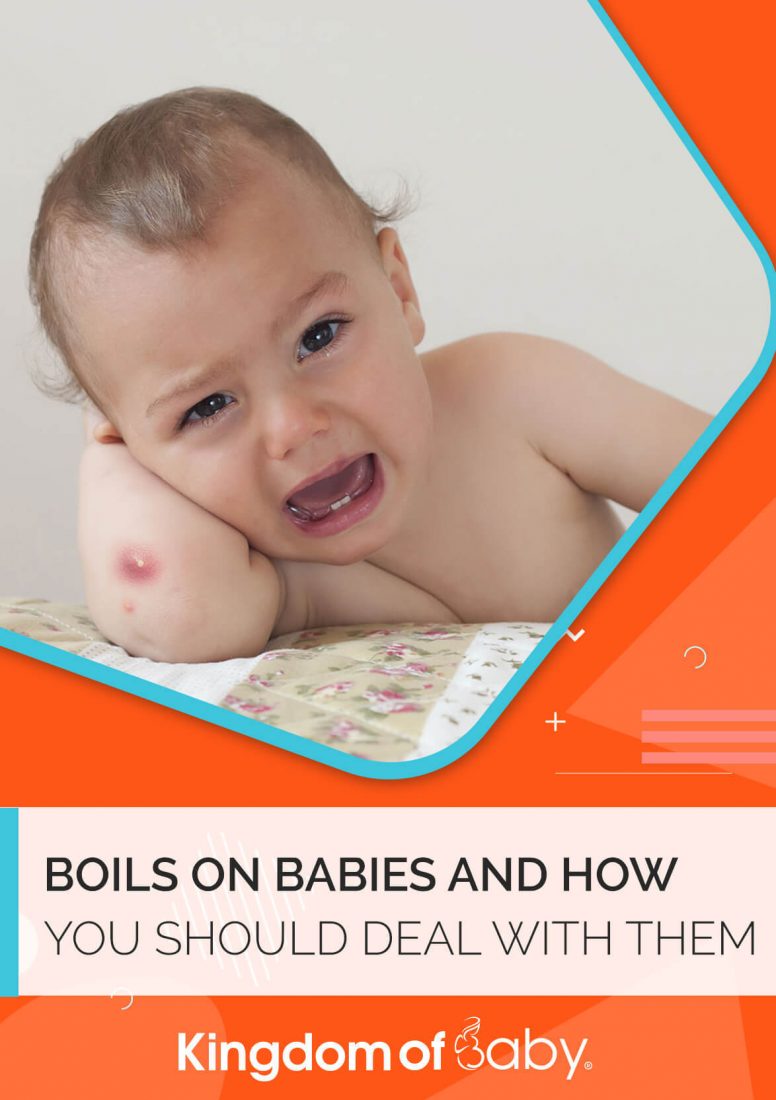
Babies have delicate skin, and their immune systems continue to be in the phases of development. It means they are more receptive to contamination. Also, if weather conditions are unfavorable, children can create outbreaks or rashes in the shape of boils on their skin.
In such a scenario, proper hygiene is essential, and the skin of the baby is clean, to prevent the situation from worsening. You may also consider altering child products, such as bath soap, oil or lotion, and talcum powder, you use on your child. If not handled in the right time, the boils can become painful or severe.
What is a boil?
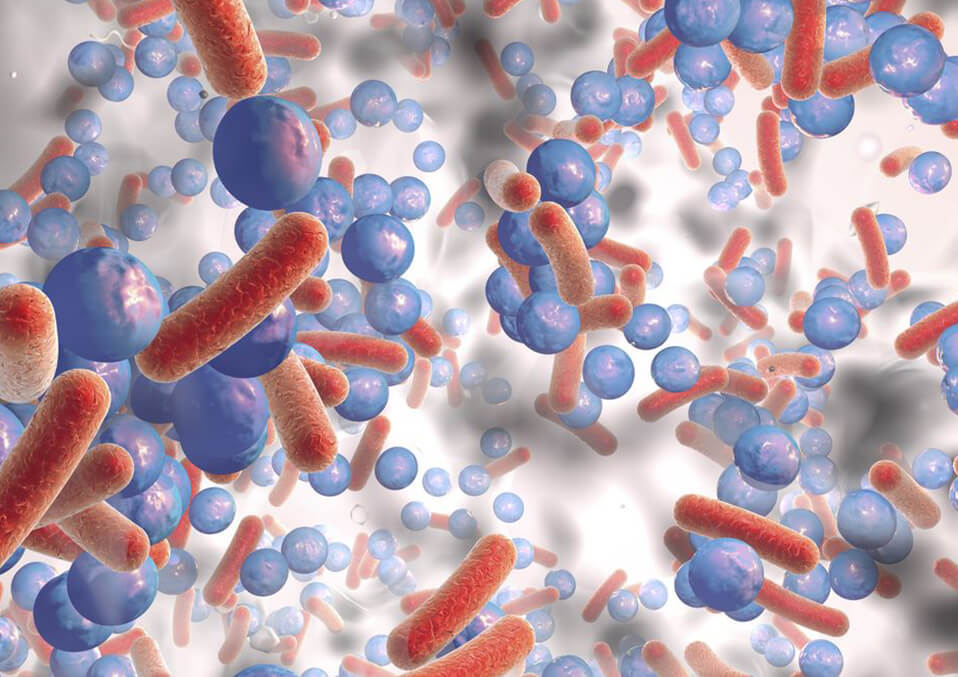
A boil is a tender lump that occurs because of an oily or hair follicle disease on the body. The infection is usually caused by a bacterium known as staphylococcus aureus. This bacterium lives on our flesh, neck, and mouth. The skin often prevents these bacteria from joining the body and causes infection.
The bacteria take their place when we get a scratch, cut, or bite. This bacterium enters the body through tiny skin or hair splits into the follicle. This disease becomes a boil. The body reacts by allowing white blood cells to combat the bacteria when it affects the skin of the baby — a combination of white blood cells, deceased fungi, and skin, recognized as pus, forms.
Read also: Lip tied babies and what you should do
The impacted skin becomes red at the start, and a lump develops. The piece may turn red over time as the pus begins to collect under the skin. Pus formation can render boiling very difficult.
Boils are erupting on the face, back, throat, hips, and skin. Babies may also have a fever in some instances. Heat boils on children can be healed using home remedies, but it is easier to seek medical support in the event of problems.
Are boils on babies epidemic?
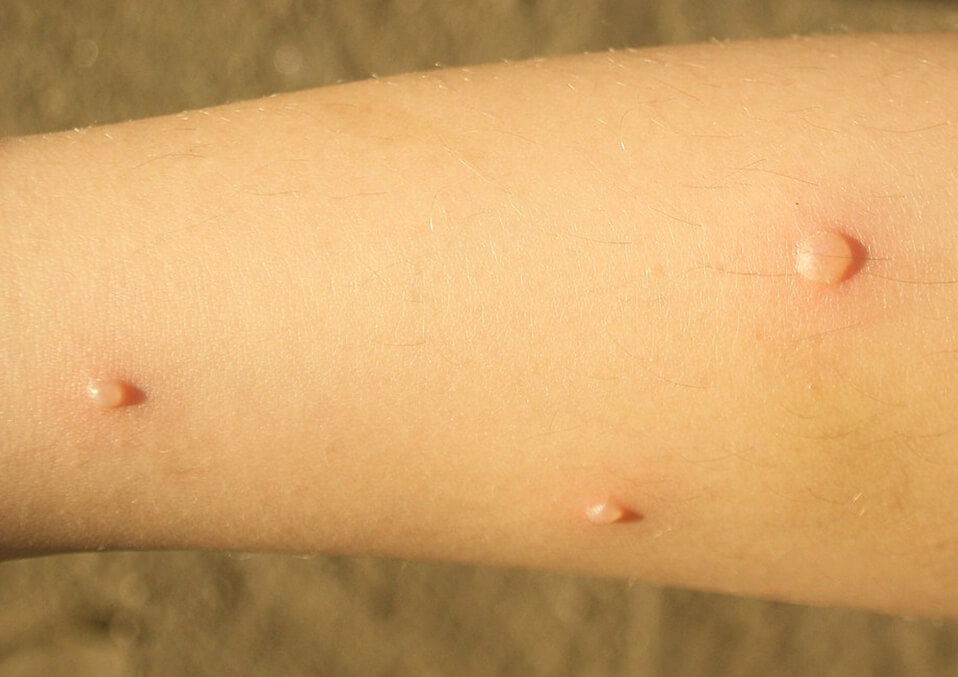
Pus-containing boils can be contagious. Pus boils happen due to an infection of staph bacteria in the hair follicle. Pus boils start as small dull bumps, but develop larger with time and fill up with pus. They can not only spread across other regions of the baby’s body but can also infect anyone in touch with the child. This infection can also be transmitted by exchanging sheets, and bedding.
Multiple boils of the pus are called carbohydrates. Pus boils can occur on kids on any part of their body as hair follicles befall on all skin. However, they are more probable to occur in sweat-and friction-sensitive areas, such as the face, throat, armpits, legs, and buttocks. It is why many parents have seen pus boils commonly appear in the summer and rainy times in kids.
What are the common causes of boils?
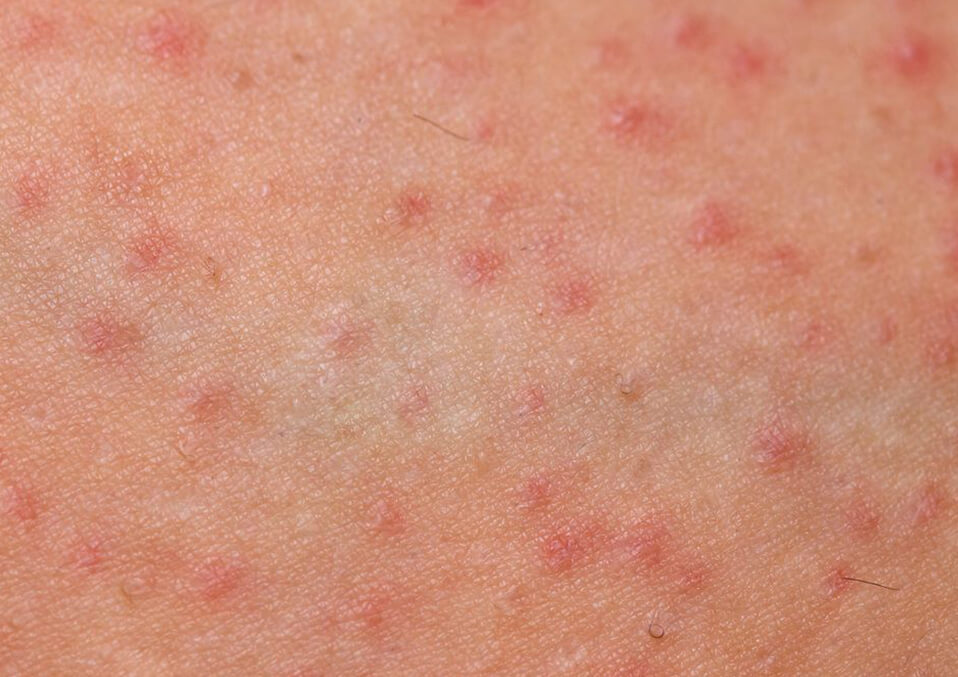
Boils can happen when a hair follicle is infected with bacteria. This infection is referred to as folliculitis. The condition often occurs when friction or rash is present, such as scratches or rashes. Boils happen when a bacterial infection extends under the skin and the oil-producing glans to the more significant tissue.
What are its indications?
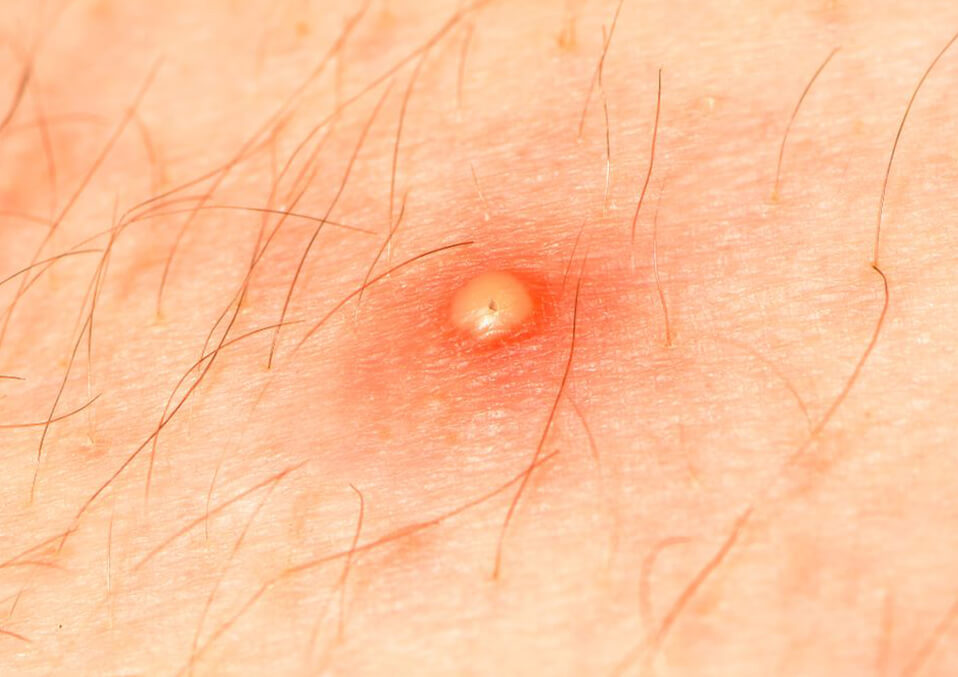
In most cases, you may notice a hard, red lump on the skin of your baby. Usually, this is less than 4 cm in magnitude. As the days’ advancement, the boil becomes more and more smooth. It can also begin to make your child more difficult, making them uneasy. On top of the boil, you will even realize the development of pus.
These are some symptoms that may occur if the boil begins to be severe.
- The skin around the boil region will swell and get rougher.
- More boils can be found in and around the region of the first boil.
- Your child may create heat or have elevated fever.
- The lymph nodes nearby are going to get swollen.
How can i heal boils on babies?
The involved area should be washed routinely with a suitable antiseptic to prevent the infection from increasing. Wipe the area entirely with some cotton and antiseptic liquid in case of boiling. When it is dried, cover it with gauze or dressing to avoid the baby touching it. Withstand the appeal of squeezing or stabbing the boil because the contamination in the neighboring areas can scar and spread.
Read also: Colic and how to deal with it
If the boils seem to grow or expand, the doctor may prescribe antibiotics. Be careful to finish the whole course even if you lose the boils so that there will be no recurrence. After consulting your doctor, you can also put an anti-infective cream on the boils. In some instances, the doctor may suggest that the boil be opened and the pus drained. This operation can be performed under anesthesia’s impact.
Boils on the head of the baby could be handled with alcohol scratching in the region. It sterilizes the area and can heal the boils that might emerge due to straightforward contamination. In the event of several boils on the body, the likely cause is hot and humid weather. The application of cocoa oil can demonstrate very helpful in this situation because it has cooling characteristics.
Helpful home tips
Most boils will clean themselves. You can also accelerate the healing process by pursuing the procedures and remedies below.
- Prepare a compress
Using a hot compress helps to unlock and remove pus from the boil. Wet some cloth with either warm or hot water and put a few minutes on the boil. It helps to decrease pain and pushes the pus to the ground. Repeat this a couple more times a day. Wash your hands before a compress is placed.
- Good hygiene practice
Boils spread rapidly because they are toxic. If you see a boil drain, you should wash the region with a cotton thread soaked in an antiseptic solution. Wash the area, clean and fix it. It not only prevents your little one from growing but also prevents you from touching it. Use water to rinse your fingers and wash them before and after touching the stove.
Read also: Everything you should know about child growth
Wash your child with an antiseptic solution or soapy water. Antiseptic cream can even be applied to the injured region. Use a distinct towel and dry your warm water clothes.
- Keep checking on boils
If boiling seems to develop more extensive and it creates more pain or if fresh boils pop up, your child should be taken to a doctor instantly.
- Do not touch the boil
Do not attempt to press the boil, as it can impact the environment, leading to infection and more pain. Don’t try to squeeze it with a stick, too. The virus may become worse.
Takeaway
The appearance of baby boils is usually not very worrying. It is generally taken care of by the body’s natural defense mechanism. But if you think boils are not backing and circulated to other parts of the body, some other underlying medical conditions may be shown. In such a case, medical treatment should always be sought.
Read also:
- A Parent’s Guide to Baby Baths
- Babies Eating Lemon: Is It Okay?
- Effective Home Remedies for Diaper Rash


